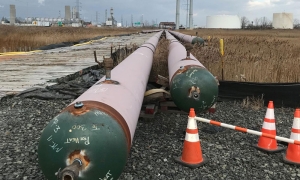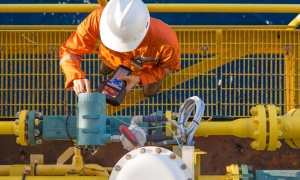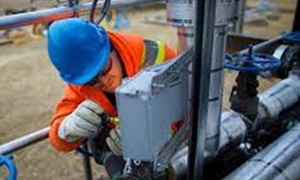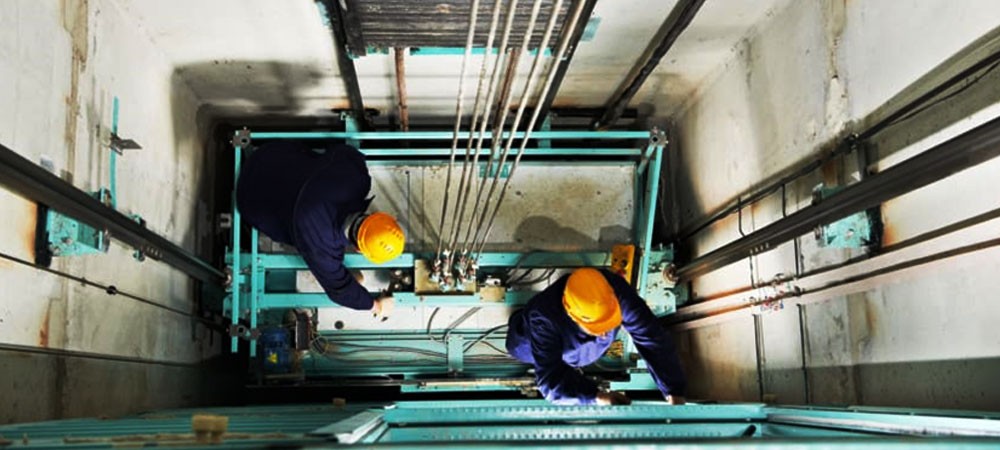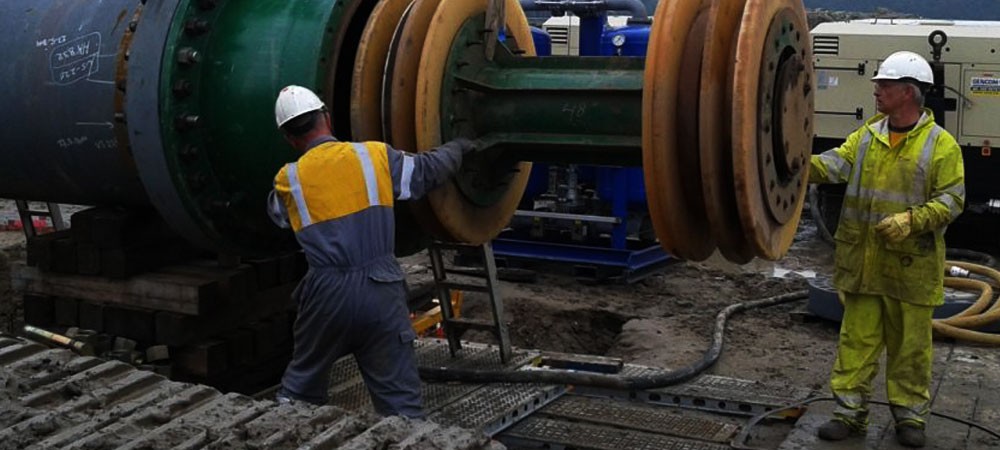Pre-Commissioning Services
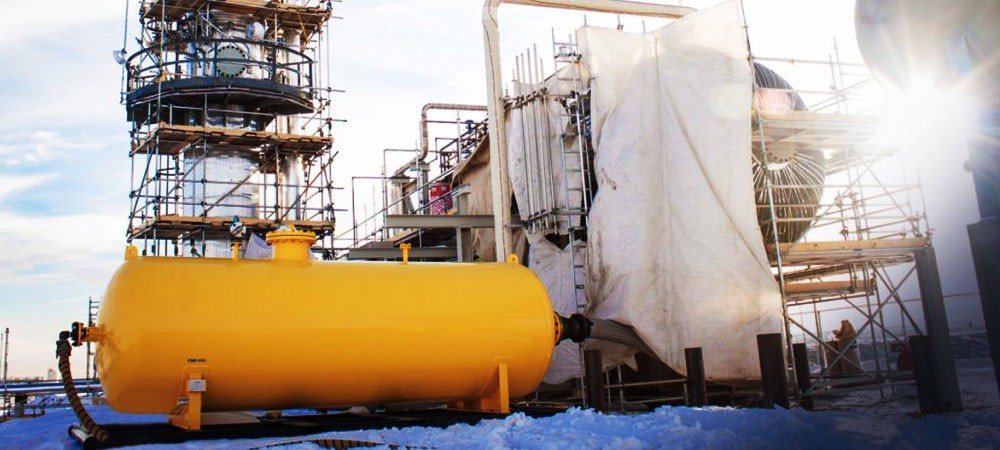
Pre-Commissioning Services
This is an industrial procedure carried out to analyze pipelines effectiveness and ensure that they are functioning at their optimum level. It checks to see whether the pipelines can carry substances like water, gas, petroleum, and chemicals without leaking.
Pre-commissioning is done right before the final substance is introduced because it verifies whether the pipelines are ready to carry it out without leakage. Introducing the substance is the next step in the industrial procedure, which is called pipeline commissioning. The pre-commissioning process ensures that the next step goes as smoothly as possible.
A group of experts who have specialized in this branch of engineering typically carry out the pre-commissioning processes. Experienced and trained individuals must do this task because the entire functioning of the plant and not just the pipelines rely on it.
The pre-commissioning process is significantly fundamental to its future operation and ultimately to the entire industrial pipeline preparation. Pipelines that have not been properly pre-commissioned will not function at their best possible level and have significantly reduced production performance. These pipelines are also more susceptible to corrosion and debris issues.
Typically, pipelines get contaminated with grease, oil, and grit during construction. If these contaminants are not removed, the pipelines will not be able to hold or carry any substance efficiently. Therefore, getting them pre-commissioned will likely prevent you from incurring severe issues down the line during their performance.
PRE-COMMISSIONING SERVICES
The commissioning and pre-commissioning procedures for pipelines are fundamental to their future operation. The materials used in a new piping system inevitably are contaminated during the construction process, with grease, oil, grit, and more. Commissioning removes this contamination and creates a pipeline system that is primed and ready for use.
The entire industrial cleaning process allows for a facility to be prepared for everyday operation. Following strict commissioning and pre-commissioning regimes will ensure the reliability and safety of a new processing plant, as well as allow you to confirm that there is no contamination in the pipelines from the starting point of the plant. This is important in avoiding any potential future, much more serious issues, later down the line.
The commissioning process involves expert inspection, checking, cleaning, flushing, verification, leak tests, performance evaluation, and the necessary functional tests which must be undertaken to bring a new facility into work. This is executed by both the contractor and operator of a facility, working together.
The process of pre-commissioning is an essential part of industrial pipeline preparation. This is a deep cleaning exercise, flushing out the pipes, cleaning with any necessary chemicals, or non-chemical solutions, and carrying out measures to test that the pipes are running as they should. This process takes place before the commissioning procedure and ensures that the commissioning process will be even safer and more reliable, as well as going as smoothly and efficiently as possible.
Above all else, pre-commissioning tests that the pipeline is safely containing the product it is required to, without leaking whether that involves liquid, gas, water, or other chemicals. Pre-commissioning happens before the final product is introduced to the pipeline, to ensure that when it does, the pipeline will already be fit for purpose and without any leakage.
Because this is such an essential part of the new plant process, these pipelines must be carefully checked by a specialized instrument engineer to confirm their safety and fitness for purpose.
PRE-COMMISSIONING SERVICES
Pre-commissioning is an important part of the commissioning process. If not done properly, small issues can become much bigger issues later in the project. Handover from the construction team to the commissioning team precedes pre-commissioning, and it is called mechanical completion. This important milestone signifies the start of the pre-commissioning activities. Since the equipment was verified during factory acceptance testing, it was disassembled and shipped to the site, and there is always a possibility of damage during shipping or installation. Pre-commissioning testing confirms that no damage to equipment occurred and that on-site test results align with the test results from the factory.
There are a few terms related to off-site and on-site testing.
FAT or Factory Acceptance Testing is the testing that is conducted by the manufacturer in the factory prior to shipping to the site.
SAT or Site Acceptance Testing is the testing that is conducted in the field either by the vendor or by the on-site commissioning team. These are the standalone tests of the equipment to confirm no damage during shipping or installation.
SIT or Site Integration Testing is the testing conducted in the field to confirm equipment functions as a subsystem or system.
Pre-commissioning activities vary depending on the equipment to be tested for example, mechanical versus electrical subsystems. Some typical mechanical pre-commissioning testing includes:
Pipe flushing which is ensuring that piping is free of blockages or any debris.
Leak testing to ensure that all fittings and joints do not leak.
Pressure testing ensures piping can maintain the pressure of liquid or gas.
Verification of rotational equipment which is the first rotation of mechanical shafts and bearings to ensure balancing and no excessive vibration.
HVAC testing is the testing and balancing of air flows and ductwork, heating and cooling, sensors, and controls.
Some typical electrical pre-commissioning testing includes:
Grounding and bonding checks- confirm the integrity of the ground system and bonding system by measuring the resistance of bonds to ensure bonding to all metallic surfaces is in place.
Cold loop checks and megger checks- confirm that all cable and conductors are terminated to the correct terminal blocks, as well megger checks apply a voltage across the cable conductor and insulation to confirm that the cable has not been damaged or punctured to degrade the dielectric properties of the cable.
Hot loop checks- confirm calibration settings and ranges of each control loop from the HMI to the end device including all cables and instruments. This confirms that ranges and setpoints are correct for each control point.
AC phase checks- verify the installation of each electrical phase in the proper order using a phase rotation meter.
Transformer checks- prior to the first energization of the transformer, oil samples are taken as well as samples taken after energization. The samples are compared to see if any differences could indicate an internal problem within the transformer. Winding resistance measurements are taken as well to measure insulation resistance. Transformer ratios are measured once tap changes are set to confirm that the primary and secondary windings are correct.
Open circuit tests- were conducted to measure the no-load current losses as well as short-circuit tests performed with reduced voltage to the primary winding to measure full-load current losses
During protection relay testing primary and secondary injections are performed on CTs and PTs to verify relay inputs are correct.
During interlock verification, interlocks are verified by operating equipment without bus voltage applied, and the different operating configurations are verified to confirm that interlocks are functioning correctly before applying any bus power to the system.
AC and DC hi-pot tests measure the ability of a dielectric to withstand rated and transient voltage.
Battery discharge tests confirm how many hours of rated voltage and current can be supplied during charge and discharge cycles.
Pre-commissioning is complete once you have completed all your checklists and verified that each piece of equipment meets the technical requirements of the project. Pre-commissioning activities test equipment as standalone items. Tests during pre-commissioning do not necessarily operate the equipment as a system yet. Each piece of equipment is individually confirmed to be ready for further commissioning tests.
Pre-commissioning is also known as vendor start-up since each vendor's equipment is started for the first time on-site to confirm the function of each piece of equipment. Following pre-commissioning, we can now move into commissioning tests.
